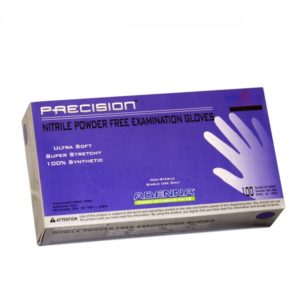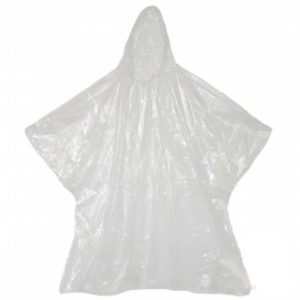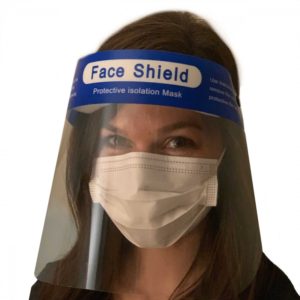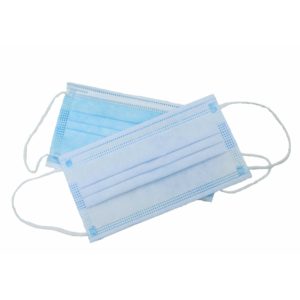Hospital employees and first responders know how to use PPE to protect themselves and reduce the spread of Covid-19, but what if you’re a layman taking care of someone at home? MCR Medical has the equipment you need and the tips to help ensure you can use the PPE best practices for home caregivers.
PPE best practices for the rest of us
While it’s important to use PPE, it’s even more important to use it CORRECTLY. The best tips for PPE use come from the CDC. We follow these steps ourselves when interacting with others who are or may be positive for Covid-19. Following these handy PPE best practices for home caregivers can keep you safe while still allowing you to care for those you love. Much of this equipment and best practices will also help you keep infections from spreading for other illnesses as well, so these are really good instructions to keep around. Use this handy file to refer to what you need and how to use it
what to use
As you can see, the CDC recommends a face shield or goggles, any type of mouth and nose covering mask or higher respirator, one pair of clean, non-sterile gloves, and an isolation gown for health care providers. Acceptable substitutions and alternatives include a paper or fabric face mask, worn underneath a face shield or in combination with goggles.




Gearing up
All PPE applications start with getting your materials together and washing your hands/ using hand sanitizer. Follow all of these steps BEFORE ENTERING THE PATIENT’S ROOM.
1. Don the isolation gown and make sure it’s tied or otherwise secured.
2. Next, put on your face mask or respirator. If your mask/respirator has a nosepiece, fit it to your nose with both hands. Don’t bend or “tent” the nose piece, or try to pinch it closed with just one hand. Fitting this piece over your nose is important to ensure there is no gap for germs to enter – or escape! The respirator or face mask should extend over your chin, and completely cover your mouth and nose. Respirator straps go over the crown of your head. Face mask ties go around the crown of your head and the base of your neck or, if it has loops, over your ears.
3. Now it’s time for the goggles or face shield. Face shields are great for providing comfortable, full-facial safety with optimum visibility. MCR Medical offers disposable face shields that feature an anti-fogging film on our website.
4. Now it’s time to wash and sanitize our hands again before donning our gloves. Once the gloves are on and covering the cuffs or our protective gown, we’re ready to take care of someone!
get this off of me!
Believe it or not, there’s a correct way to remove all this PPE after providing care. CDC’s best practices for “doffing” or removing PPE .
1. While still in the room, remove your gloves. There’s a few ways to do this so that you don’t contaminate your hands, but pulling your gloves off ‘inside-out’ is a very good practice. Here’s a good video to show you how to remove gloves safely. Put the gloves in the trash.
2. Remove your gown gently. Pull it away from your shoulders and away from your body, or roll it down your body. Put the gown in the trash. Now you can leave the patient’s room without bringing any germs with you!
3. Wash/sanitize your hands.
4. Remove your face shield and goggles by pulling the strap up and away from your head. Don’t touch the front! If you’re using a single-use face shield, discard it in the trash.
5. Remove respirator or face mask. Again, use the strap to lift and pull away from your body. Don’t touch the front/exterior. Discard as indicated by the manufacturer of the product you are using.
6. Wash and sanitize your hands one more time, and you’re done!
we’re all in this together
This is a stressful and uncertain time for all of us, but especially for those at home caring for a loved one. If you’re trying to follow PPE best practices as a home caregiver, we want you to know that MCR Medical is right here for you. We’re doing our best to keep PPE in our warehouse and ready to ship to everyone who needs it. Please feel free to contact us at sales@mcrmedical.com with any questions about what to use and how we can help you protect yourselves and prevent the spread. Good luck out there, and stay safe!

